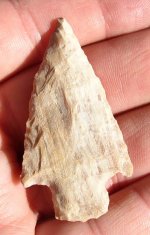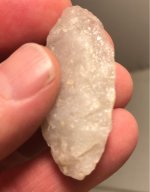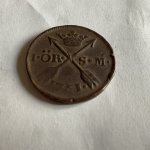Aurora1959
Jr. Member
I was told by an Archaeology professor that accurate lithic identification was not possible by "eyeballing" an artifact, and that stable isotope analysis and X-ray fluorescence were the actual scientific methods that professionals use. So, how confident are you guys of your opinions on lithic ID, given you are just looking at snapshots on a computer monitor? It seems like it's way more complicated than "this is gray, this is black, this is shinier than that".
Upvote
0








